Research
A Look Into GameFi’s Sustainability Problem
ChainPlay
•
2 years ago
Share :

A Look Into GameFi’s Sustainability Problem
GameFi, a portmanteau of game and finance, has been one of the core elements of Blockchain for the past few years. However, creators are facing significant hurdles, namely concerning sustainability. For example, Axie Infinity (AXS) has gone into a terminal freefall with no end in sight due to the declining user base.
The GameFi Trilemma
You might have heard of the Blockchain Trilemma, coined by Vitalik, which is scalability, decentralization, and security. The issue here is that it is tough to find a balance between the three. It’s the same with how it’s hard for you to manage your social life, work, and sleep.
Similarly, GameFi has a trilemma of its own. Specifically, accessibility, profitability, and gameplay. Blockchain games have a lot of expectations placed by users.
- Must be built on the Blockchain
- Must have engaging gameplay
- Must be accessible
- Users can play and earn a profit
- Must have sustainable tokenomics
Currently, looking for sustainable blockchain games is akin to finding a needle in a haystack. To understand this deeper, we must dig through the root of GameFi’s sustainability problem — the GameFi Trilemma.
Trilemma #1 — Gameplay
Businesses often put great effort into the game’s ownership, tradability, and profitability areas but neglect the gameplay aspects that players are most interested in. However, the statement “make sure the gameplay is fun and engaging” is unhelpful in the long run.
Yes, making fun and engaging gameplay is a good start, but a company making games should be well-funded, to begin with that “fun-finding” process. Saying a game should be fun is like telling a painter to make sure his paintings look good.
Still, the gameplay is the backbone of the game experience. Gameplay is what makes or breaks the player’s emotional investment in the game and should be the primary motivation for players to keep playing.
Trilemma #2 — Accessibility
There are two main facets to this issue. These are:
- High entry cost
- Technological barrier
Games are products that need financial capital to operate — for server costs, to pay engineers, game designers, artists, and developers. As a result, developers are looking for ways to fund and monetize their games. Most commonly, they 1.) look for initial investor funding to support development and 2.) make revenue from the game itself to cover expenses.
This leads us to the first facet of the accessibility dilemma.
High entry cost
Is the Blockchain game you’re about to play free to start, or does it need you to pay an upfront fee?
The method of game monetization significantly impacts how the player experiences the game. A game can be F2P (Free-to-play) or P2P(Pay-to-play). Most of the time, if a game needs you to pay upfront before you can play (P2P), it will severely affect the number of players that can access the game.
However, if a developer chooses the F2P route, it also has its own problems. Developers will have to look for other sources of monetization, such as ads, sponsorships, and in-game purchases. These in-game purchases can be merely cosmetics or items that affect the gameplay.
These, however, come with some caveats. Advertisements should be handled with care or risk alienating consumers. In addition, cosmetic items need funding to design and might not sell enough. Lastly, in-game purchases that affect gameplay are almost synonymous with the term pay-to-win.
Technological Barrier
Many Web 2.0 players who want to enjoy blockchain games may find it intimidating to set up and manage a compatible crypto wallet for a game. However, the industry needs to reach all gaming players to realize its full potential if blockchain games are to be widely adopted.
As the blockchain industry develops and produces solutions that address the underlying issues and can be smoothly applied at cheap costs, the structural restrictions will be readily addressed.
Another factor in the technological barrier is the kind of devices needed to play these games. Not every game can be played on multiple platforms, and some even need top-of-the-line devices. This can lead to a divide between those who have the means to play certain games and those that don't.
Trilemma #3 — Profitability
Profitability is what we refer to as the ability to earn a profit. Usually this is referred to the gamers but can also be referred to the developers, the project team and the investors. A popular GameFi model called P2E (Play-to-earn) is driven by the concept of being able to earn while playing. However, P2E games has yet to successfully create long-term loyalty among gamers, who find it challenging to accumulate rewards over time.
The problem with the P2E model
A GameFi project with a native token value in a downward trend cannot scale effectively using the current P2E architecture. For instance, the revenue stream for Axie Infinity’s players has decreased by more than 95% from its peak. Axie Infinity had a peak of 2.7 million players in 2021. Currently, there are less than 500 thousand active players.
It is of utmost importance that Blockchain games find a good balance between engaging gameplay and money-making. If, at a certain point, a game’s money-making element dwindled, the game must still be a fun game to play for players to continue playing. On the other hand, if no strong community engagement is pushing for it, the NFTs themselves quickly become worthless in no time.
In a survey conducted by Chainplay and Storible, the biggest motivation for 51% of the respondents is profits. This imbalance in gamers’ motivation is one of the factors for the P2E model’s lack of success
Source: State of Gamefi 2022
Many gamers have spent money on classic skins in games such as Dota2 or Valorant. In-game skins significantly improve users’ experience despite players not having exclusive digital ownership of the asset, leading players to buy them whether or not a financial return is anticipated.
Dota 2 skins. Image source: Dota 2 Blizzard
This kind of player mindset is needed to implement into the P2E model. Leveraging the strengths of NFTs to combine digital ownership and greater engagement can turn this paradigm on its head.
Wrapping up
Finding the right balance between all these hurdles is a massive undertaking for NFT game developers and gamers alike.
NFTs should have direct utility to the game economy, whether internal or external. Therefore, game developers should consider whether the NFTs should be integrated into or separate from the game.
Even with all these hurdles, it is undeniable that NFT gaming still presents massive potential in the future. It has the potential to revolutionize how we transfer value, make transactions faster and easier, and democratize our access to ownership and digital assets. However, blockchain gaming is still relatively young and will continue to evolve in the coming years.
Looking for the best NFT games to play? We hand-picked the best NFT games that are ready to play, along with price performance, trading volume, in-game token information, and supply. Visit https://chainplay.gg/games/best-nft-games-ready-to-play-now/. These games are handly curated based on gameplay, graphics & amount of players.
Share this article
Latest News
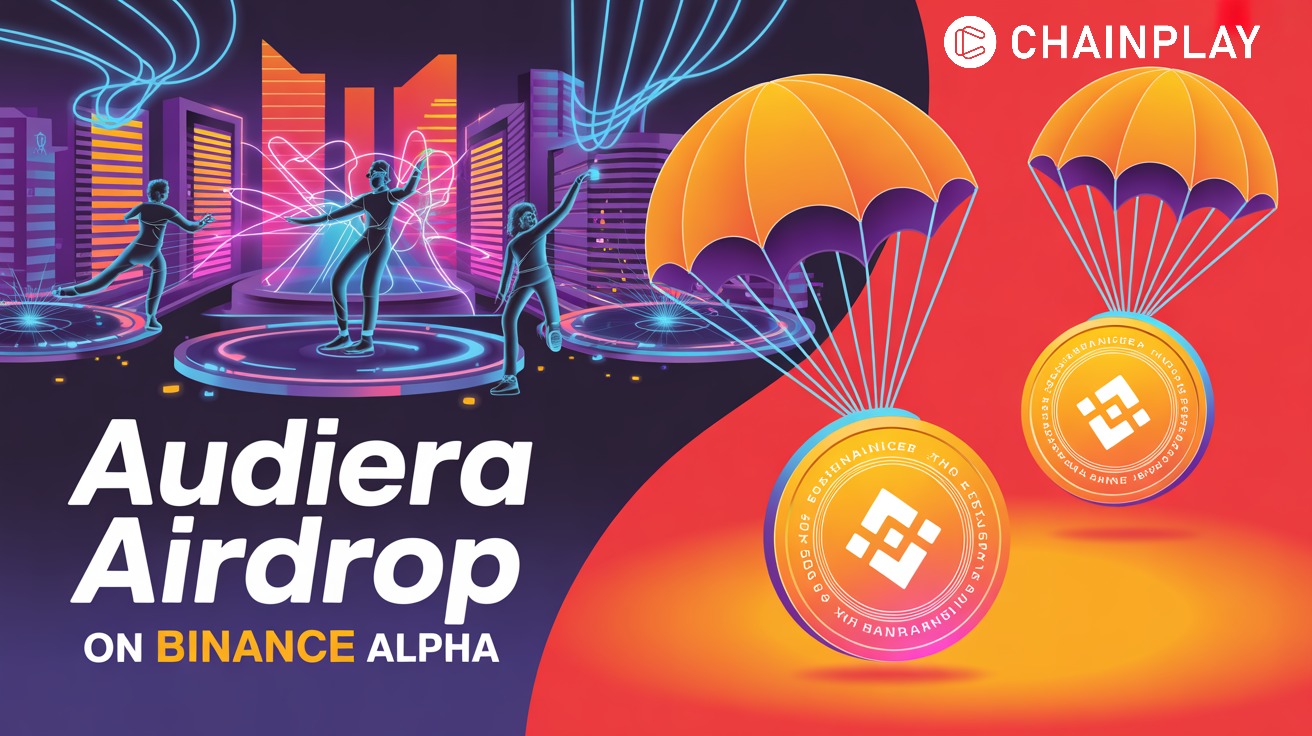
Audiera (BEAT) To Launch on Binance Alpha on November
7 minutes ago
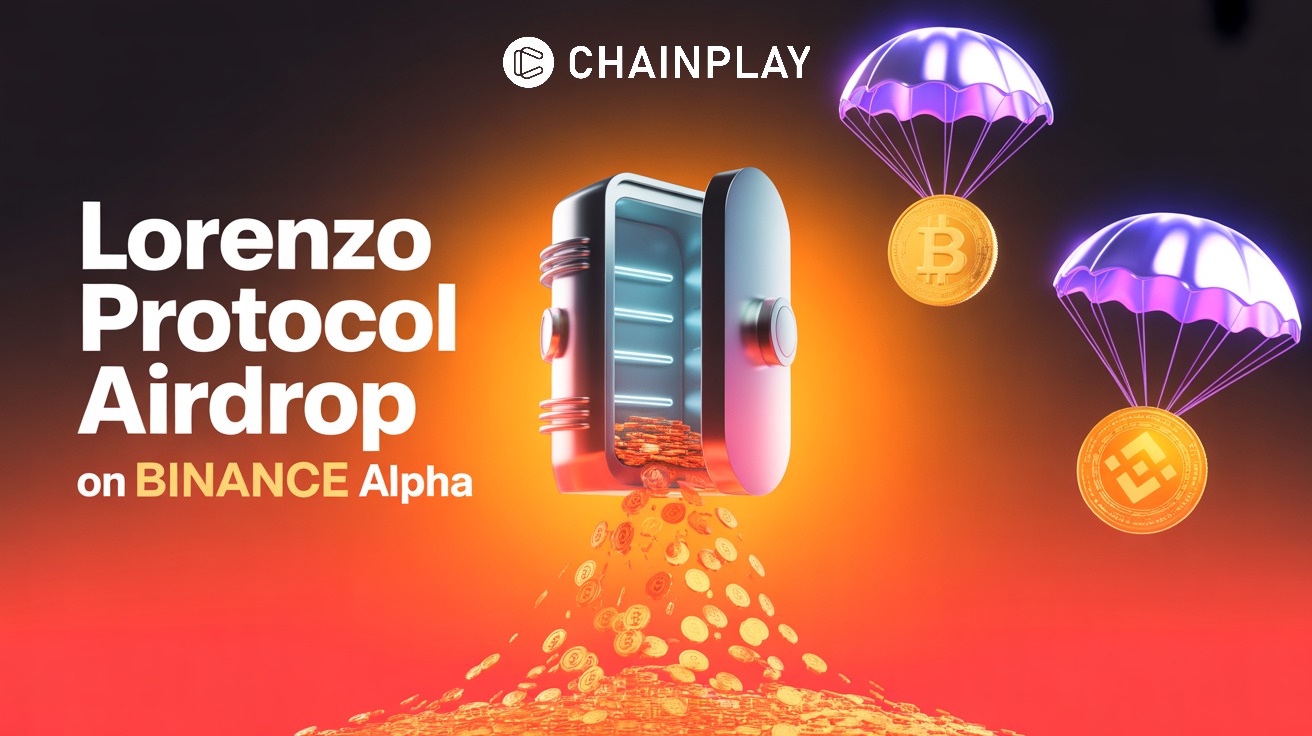
Lorenzo Protocol (BANK) Goes Live on Binance Alpha:
an hour ago
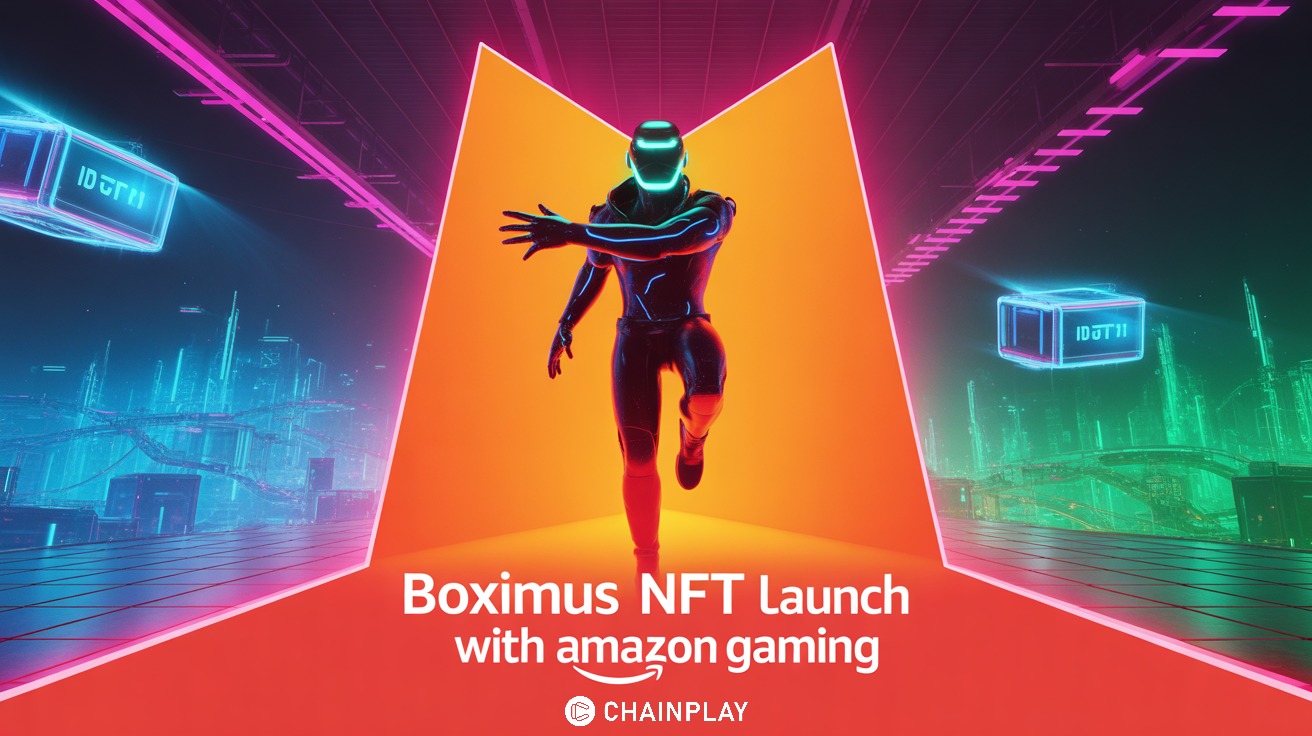
Amazon Enters Metaverse with Yuga Labs’ Boximus NFT
2 hours ago
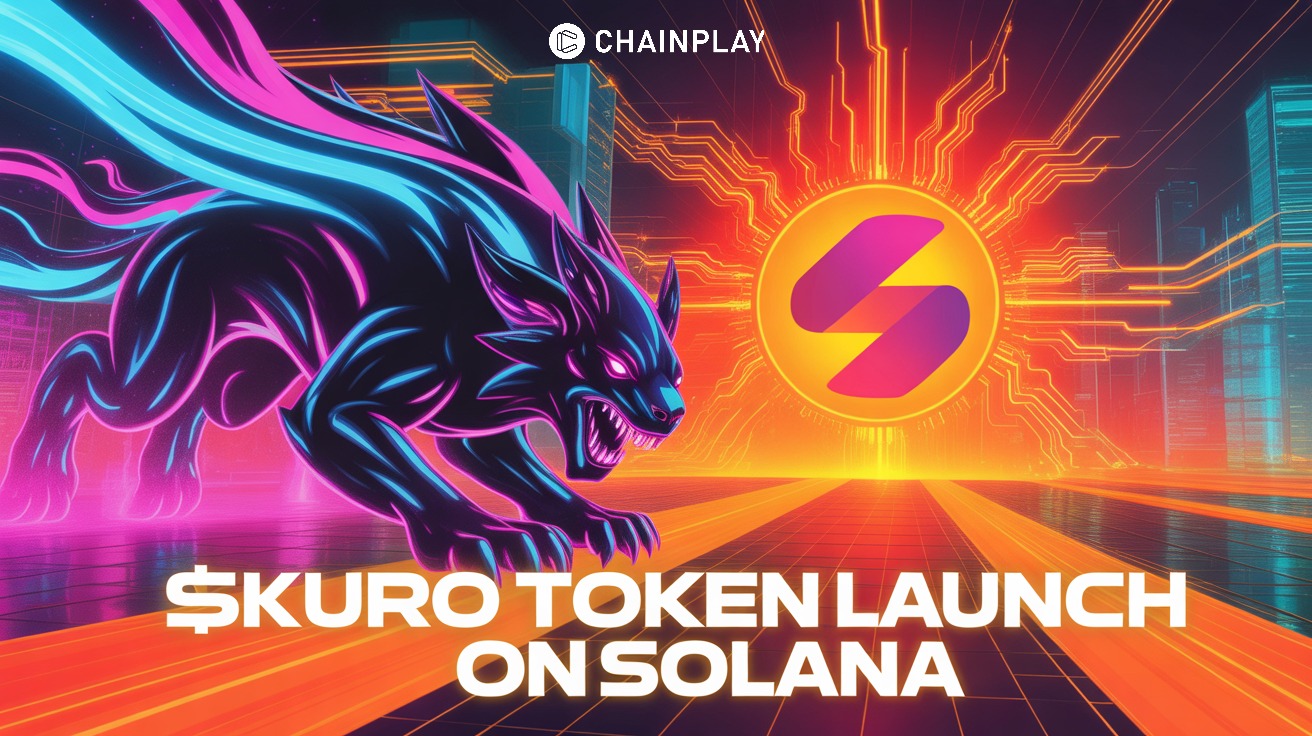
Kuroro Beasts Drops $KURO Token in Surprise Solana
3 hours ago
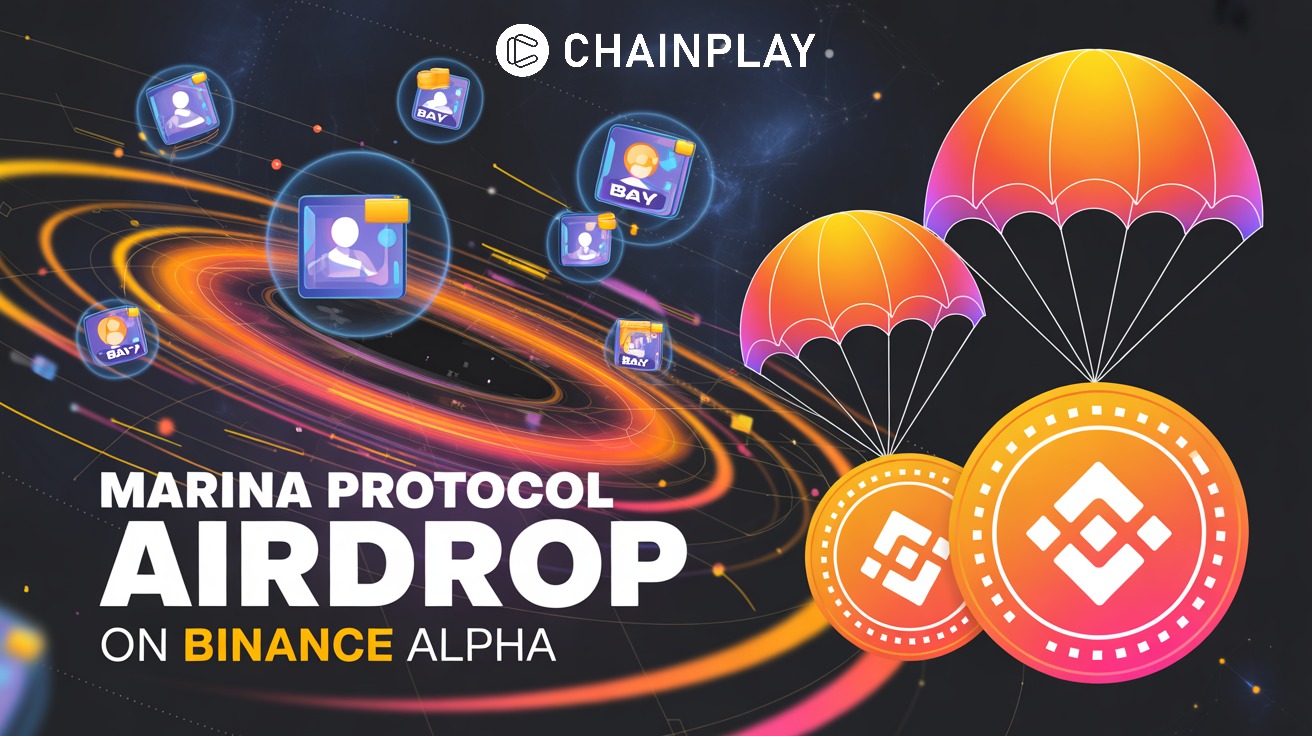
Binance Announces Alpha Launch and Airdrop for Marina
3 hours ago
Related articles

Vietnam launches Resolution 05, opening a 5-year regulatory sandbox for crypto trading. With 20M+ crypto users and new legal framework, can Vietnam become Southeast Asia's blockchain hub?
ChainPlay
•
one month ago
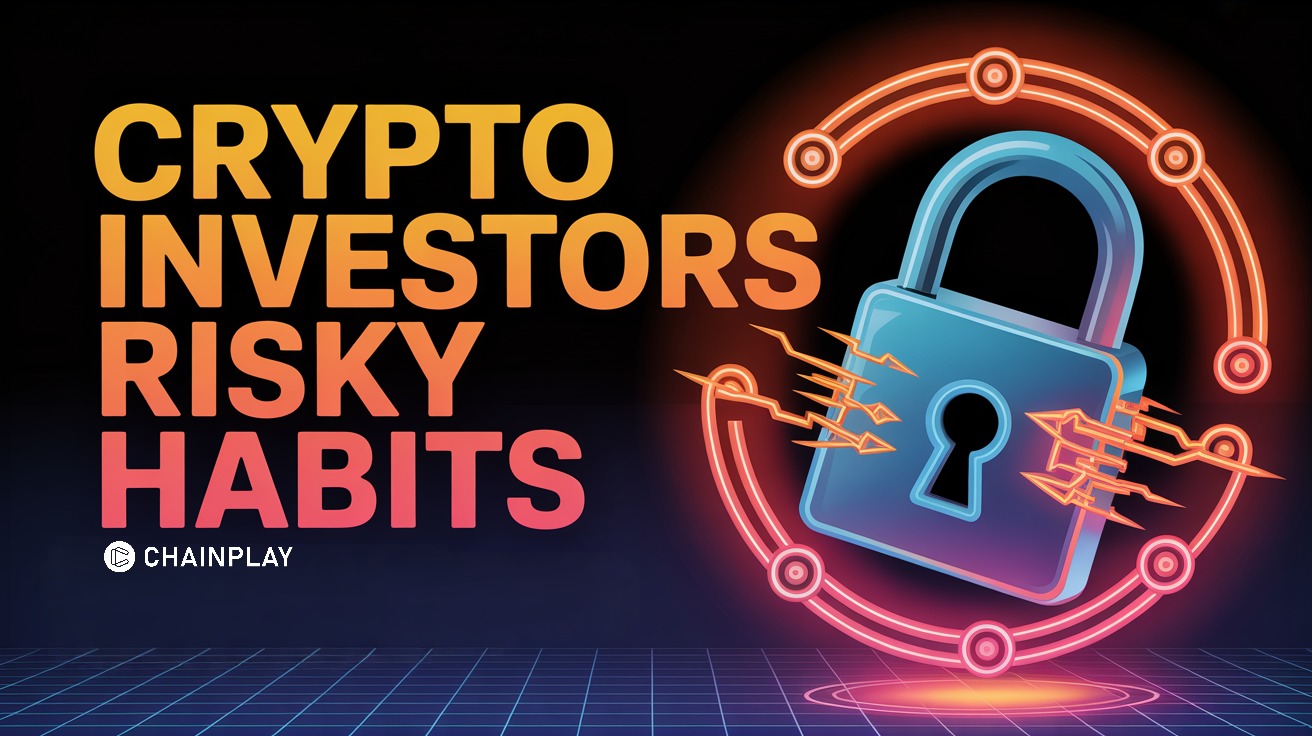
We surveyed over 1100 crypto investors to reveal just how widespread and persistent these risky behaviors are.
ChainPlay
•
one month ago
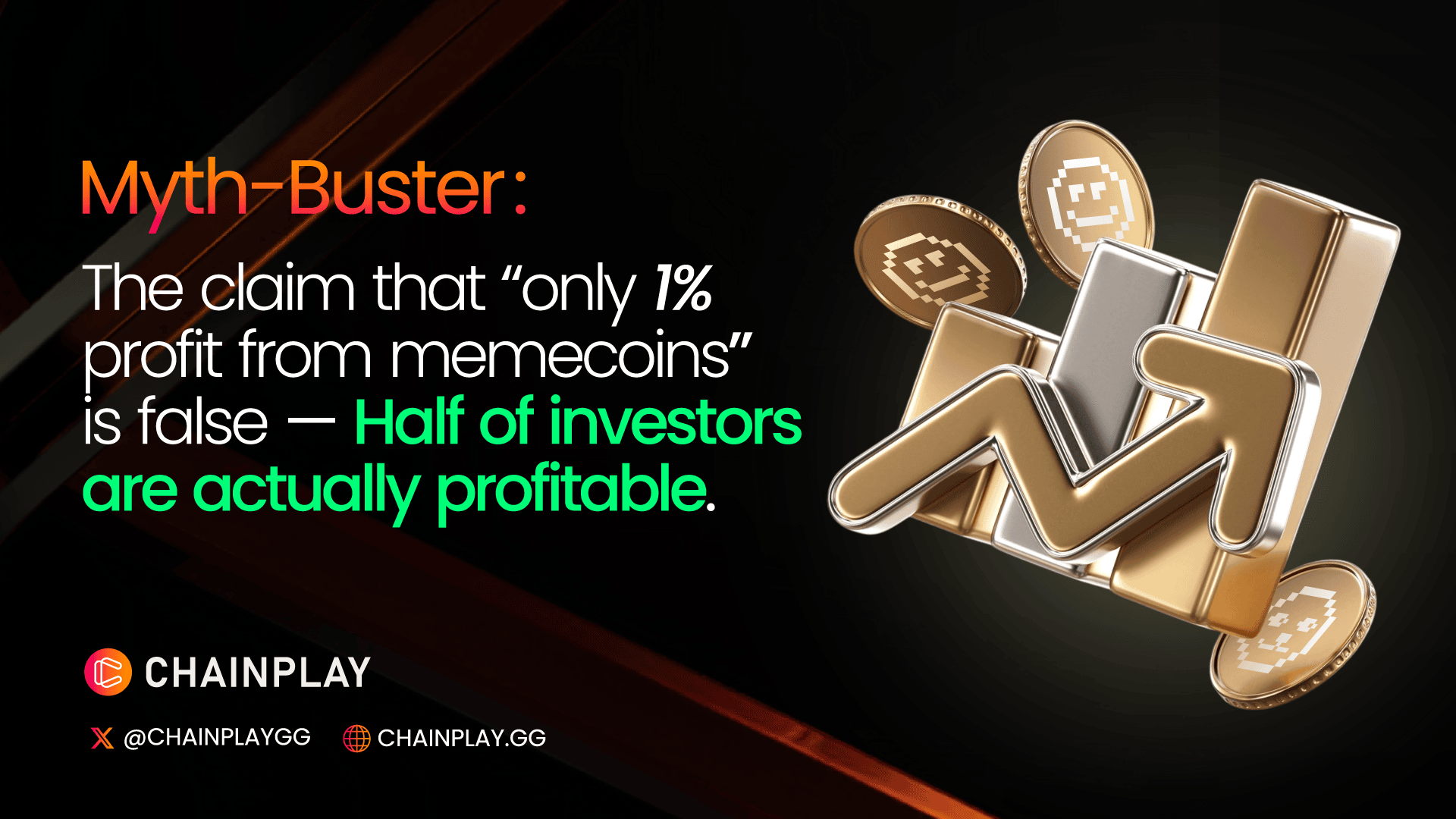
Nearly half of memecoin traders are actually profitable, reshaping how investors view this high-risk corner of crypto. The line between speculation and real strategy is fading fast. Check out the full study to know how
ChainPlay
•
2 days ago



